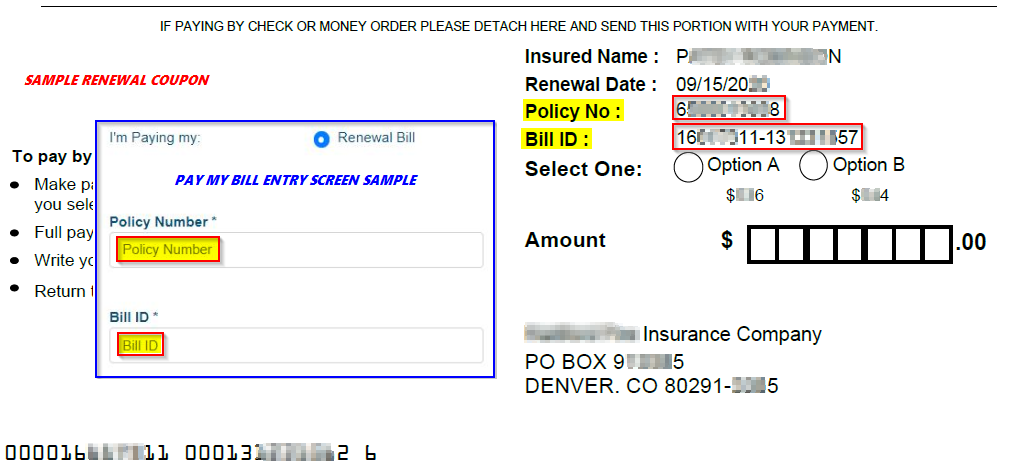https //my.nfipdirect.fema.gov Pay Renewal Online
https //my.nfipdirect.fema.gov Pay Renewal Online
NFIP policyholder data is now available through both FloodSmart and OpenFEMA for a number of public entities including: public institutions; state and local governments; Write Your Own (WYO) companies; the NFIP’s Direct Servicing Agent (NFIP Direct); NFIP Vendors; academia; private insurers; capital markets; private sector industries; non-profit and foundations; and other federal government agencies.
Premium Payment
The payor may pay the premium by check, credit card, or electronically. The insurer must receive the premium within 30 days of the policy expiration date (includes policy expiration date plus 29 days). The insurer may not use the receipt date of an invalid payment to determine the effective date of a policy renewal. A payment is invalid if there are non-sufficient funds (NSF) in the account, a successfully completed reversal (dispute) of an electronic payment, or the payment is non-negotiable for any other reason.
Upon notification that the payment is invalid, the insurer must:
• Cancel/nullify the transaction associated with that payment; and
• Send notification of the cancellation/nullification to the insured, agent, and lender(s), if applicable.
If the insurer receives a new payment, the insurer must process the transaction based on the new premium receipt date. The insurer must determine the effective date of the transaction based on the new payment receipt date, subject to the effective date rules.
Note: A new application or endorsement request is not required for this transaction as long as the insurer still has the original request.
1. Check
The payor can pay by a check payable to the insurer.
2. Credit Cards
The payor can make a payment by credit card, if the insurer accepts credit card payments.
3. Electronic Transfers
The insurer may use electronic transfers if its process includes authentication of signatures and dates of receipt of premium.
4. Certified Mail
• For valid payments sent via certified mail, the payment receipt date is the certified mail date: – If the certified mail date is within 30 days of the policy expiration date there is no lapse in coverage. – If the certified mail date is outside the grace period there will be a lapse in coverage. Calculate the new effective date based on the certified mail date.
• The term certified mail extends to certified mail sent via the U.S. Postal Service or reputable third-party delivery services that provide proof of the actual mailing and delivery date to the insurer.
Premium Receipt
Upon receipt of the full premium, the insurer must send the policy declarations page to the insured and all parties listed on the policy.
Underpayment of Renewal Premium
• If the insurer receives a payment less than the amount shown on the bill, the insurer must send an underpayment notice for the additional premium.
• If the insurer receives the additional premium within 30 days of the underpayment notice, the policy will renew at the original requested amount.
• If the insurer does not receive the additional premium within 30 days of the underpayment notice, then the insurer must reduce the coverage to the amount that the premium received will purchase.
• If the insurer receives the additional premium more than 30 days from the underpayment notice, the amount of insurance must increase by endorsement using the applicable waiting period. Please refer to the How to Endorse section for the effective date rules.
